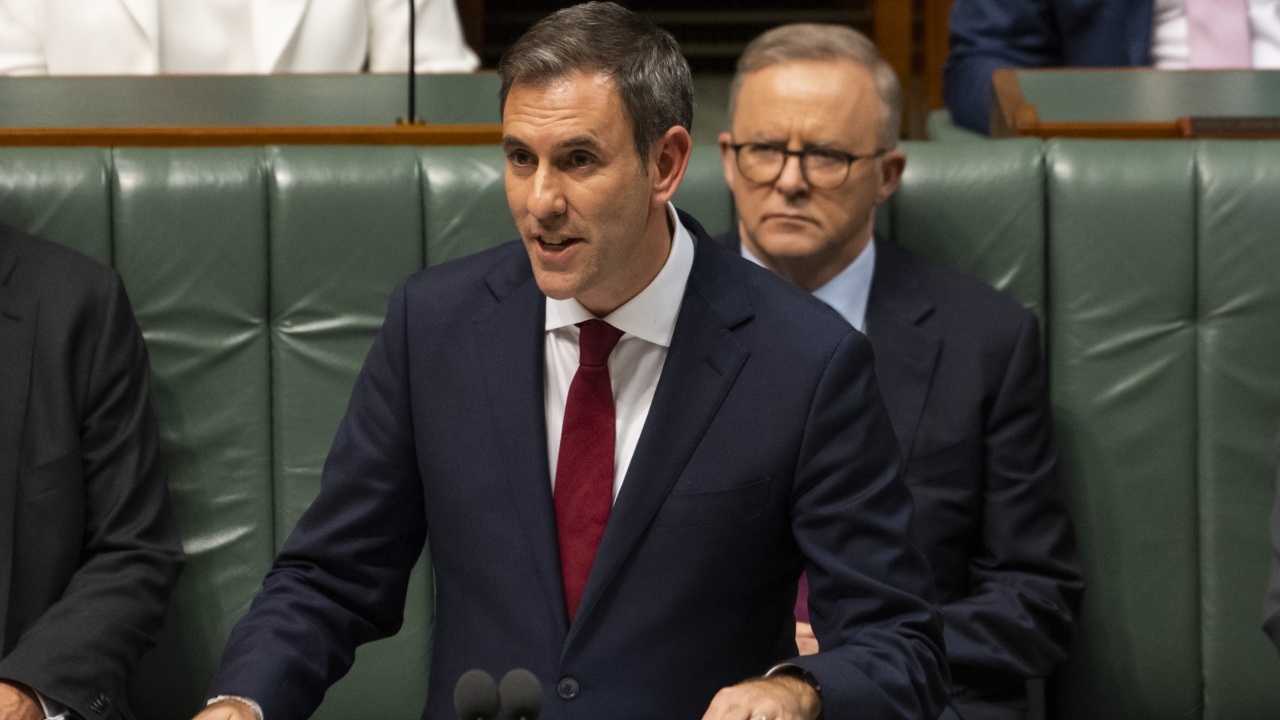Big winners and losers of the 2022 federal budget

The Albanese government has shared their first budget since being in power, with little to be done to help everyday Aussies with the ongoing cost of living crisis.
Treasurer Jim Chalmers said Australia cannot afford to “spray money around indiscriminately”, although there were real winners in Labor's first Federal Budget in almost a decade.
Parents, students, seniors, first home buyers and Australians needing medication have been put forward in the budget, with the government assuring to spend the money needed to help Aussies doing it tough.
When it comes to losers, low and middle income earners, renters and young Australians won’t be receiving any handouts from the government.
Winners
Australians who need medication
From the beginning of next year, the minimum cost of each script will drop from $42.50 to $30, with the government picking up the difference.
The Budget estimates this will save about 3.6 million Australians more than a combined $190 million a year
Dozens more prescriptions will also be added to the scheme at a cost of $1.4 billion to the Budget, saving patients who need them thousands of dollars.
First home buyers
As Australia’s population grows, the government wants a million new homes built over the next five year.
For its part, a $10 billion grant to a Housing Australia Future Fund will be set up, interest from which will be used to deliver 30,000 social and affordable homes over the half a decade.
A more limited assistance scheme will help 10,000 first homebuyers in regional areas by guaranteeing up to 15 per cent of the purchase price.
Seniors
Homeowners aged 55 and over are eligible for a tax break on a one-off post-tax contribution to their superannuation of up to $300,000 after selling their home.
The Budget also extends the asset test exemption for pensioners to downsize their homes without losing any of their payments.
Age and veteran pensioners will also get a one-off $4,000 tax credit to increase how much they can earn, from $7,800 to $11,800 without having their payments cut so they can work longer hours if they choose to go back to work.
Climate change efforts
The government has pledged over $30 billion in climate-related spending.
Some $20 billion will be allocated to rewire the nation for renewable energy takes the lion's share, along with $630 million for a new disaster ready fund.
Some $1.9 billion for a Powering the Regions fund, $275 million for driving the use of electric cars, and $224 million for community batteries to support household solar are also on the climate books.
Women
A record $1.7 billion will be spent over six years to end violence against women and children and an initial $3.4 million will be set aside to introduce a program offering 10 days of paid domestic and family violence leave.
Education for consent and respectful relationships will receive $83.5 million over six years, with $42.5 million set aside for sexual harassment at work, to implement recommendations of the Respect@Work report.
Losers
Low and middle income earners
The government has chosen not to extend the popular Lower and Middle Income Tax Offset (LMITO) for the 2022-23 financial year.
Known as 'the Lamington' scheme, the offset saved Aussies up to $1500 in tax in the last financial year - meaning taxpayers will feel the pinch once they have lodged their annual taxes.
Motorists
Despite public outcry, the government discontinued the 22c cut to the fuel excise implemented by the Morrison Government that cost $3 billion over six months.
The cost of petrol remains above $2 a litre and shows no signs of falling.
Renters
Landlords have already started raising rental prices to accommodate for the price of inflation and the surge of mortgage repayments.
Treasury forecasts rental costs will spike over the next couple of years, Budget documents said.
Getting a rental is already extremely difficult in most capital cities and there was nothing in the Budget to specifically address the concerns of tenants.
Young Australians
Australia's debt levels are expected to surpass the $1 trillion mark for the first time ever and someone is going to have to pay for it.
Gross government debt is expected to reach $1.004 billion in 2023-24, making up 40.8 per cent of gross domestic product or economic output.
This was expected to rise to $1.091 trillion in 2024-25, comprising 42.5 percent of GDP, and $1.159 billion by 2025-26 comprising 43.1 percent of the economy, which will inevitably fall to the next generation to solve.
Image credits: Getty Images
